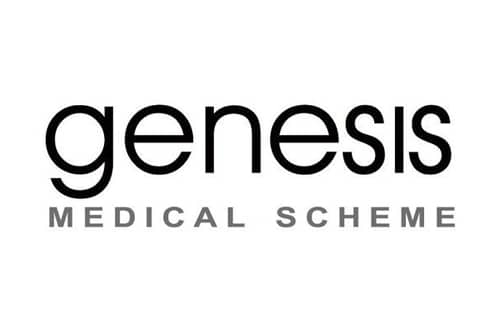Hysteroscopy
Comprehensive Guide to Hysteroscopy: Procedure, Types, Considerations, and Medical Insights
Hysteroscopy is a valuable and common gynecological procedure that involves examining the inside of the uterus using a hysteroscope, a thin, lighted tube. This procedure aids in diagnosing and treating various uterine conditions. In this comprehensive guide, we will delve into the world of hysteroscopy, covering its purpose, types, procedures, considerations, potential risks, benefits, and medical references for a thorough understanding.
Introduction to Hysteroscopy
Hysteroscopy is a medical procedure that allows healthcare professionals to view and examine the inside of the uterus (the womb). It is a minimally invasive technique that plays a crucial role in the diagnosis and treatment of various gynecological conditions affecting the uterus.
Purpose of Hysteroscopy
The primary objectives of hysteroscopy are as follows:
Diagnostic Evaluation: To diagnose conditions within the uterus such as abnormal bleeding, polyps, fibroids, adhesions, or structural abnormalities.
Therapeutic Intervention: To perform minor surgical procedures within the uterus, such as removing polyps, fibroids, or intrauterine devices (IUDs), and treating conditions like abnormal bleeding.
Types of Hysteroscopy
Diagnostic Hysteroscopy:
- Procedure: Involves inserting a hysteroscope to visualize the uterine cavity for diagnostic purposes, without performing any surgical interventions.
- Reference: Bettocchi, S., Di Spiezio Sardo, A., & Ceci, O. (2002). Advanced operative office hysteroscopy without anaesthesia: analysis of 501 cases treated with a 5 Fr. bipolar electrode. Human Reproduction, 17(9), 2435-2438.
Operative Hysteroscopy:
- Procedure: Utilizes a hysteroscope to perform surgical procedures within the uterus, such as removing polyps, fibroids, or IUDs.
- Reference: Bettocchi, S., & Nappi, L. (2009). Office hysteroscopy. Obstetrics and Gynecology Clinics, 36(1), 29-38.
Considerations Before Hysteroscopy
Consultation with a Gynecologist:
- Discussing the medical history, symptoms, and potential treatment options with a gynecologist.
Preoperative Assessment:
- A thorough evaluation to ensure the patient is fit for the procedure, considering factors such as overall health and any underlying medical conditions.
Understanding the Procedure and Risks:
- A detailed discussion with the healthcare provider regarding the hysteroscopy procedure, potential risks, benefits, and expected outcomes.
The Hysteroscopy Procedure
Preparation:
- The patient is usually given anesthesia or conscious sedation to minimize discomfort during the procedure.
Insertion of Hysteroscope:
- The hysteroscope, a thin tube with a camera and light, is inserted through the vagina and cervix into the uterus.
Visualization and Examination:
- The surgeon visualizes the uterine cavity on a monitor, examining its structure and identifying any abnormalities.
Operative Intervention (if required):
- If it’s an operative hysteroscopy, surgical procedures or interventions are performed as needed.
Completion and Recovery:
- The hysteroscope is removed, and the patient is monitored during the initial recovery period.
Risks and Complications
While hysteroscopy is generally safe, there are potential risks and complications, including:
Infection: Risk of bacterial infection in the uterus or pelvic area, necessitating prompt treatment with antibiotics.
Perforation: Rare risk of accidental perforation of the uterus during the procedure.
Bleeding: Postoperative bleeding, which is usually minimal but may require further observation or intervention.
Benefits and Positive Outcomes
Accurate Diagnosis: Precise diagnosis of uterine conditions due to direct visualization of the uterine cavity.
Minimal Invasiveness: Minimally invasive nature of hysteroscopy, reducing recovery time and discomfort compared to traditional surgical procedures.
Therapeutic Interventions: Ability to perform therapeutic procedures during the same session, avoiding the need for additional surgeries.
Conclusion
Hysteroscopy is a vital diagnostic and therapeutic tool in gynecology, allowing for the direct examination of the uterus and the possibility of performing minor surgical interventions. It offers accurate diagnoses and effective treatments for various uterine conditions. Always consult with a qualified healthcare professional for personalized medical advice and guidance regarding hysteroscopy.


































